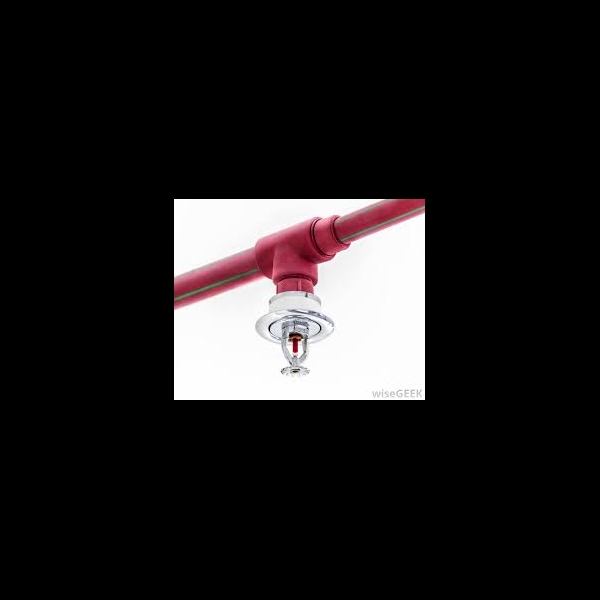About the product
Wet Pipe: Since water is always present in the pipes supplying the sprinkler heads, these types of sprinkler system are quick to react upon the operation of a sprinkler head in a fire scenario. These are the most common systems and are used in buildings where there is no risk of freezing. Wet systems are required for multi-storey or high-rise buildings and for life safety systems for UK standards.
Dry pipe: The pipes are filled with air under pressure at all times and the water is held back by the control valve outside of the protected area. Should a sprinkler head open in a fire scenario, the drop in air pressure opens the valve and water flows into the pipework and onto the fire. Dry pipe systems are used where wet or alternate systems cannot be used.
Alternate: Alternate systems have the pipes full of water for the summer period, then subsequently drained down and filled with air for the winter. This is typically for buildings that are not heated, e.g. underground car parks.
Pre-action: Like dry pipe systems the pipes are filled with air but water is only let into the pipes when the detector operates (e.g. smoke detectors). Pre-action systems are used where it is not acceptable to have a sprinkler activate unless there is a real threat of fire, i.e. for high value stock or irreplaceable items, for example, archive material, libraries and computer backup systems.
Deluge and recycling: These are sprinkler systems only used in special cases for industrial risks. They are most commonly used for protecting tank farms where all the sprinkler heads/nozzles operate simultaneously. Foam is often introduced in to the system.
Dry pipe: The pipes are filled with air under pressure at all times and the water is held back by the control valve outside of the protected area. Should a sprinkler head open in a fire scenario, the drop in air pressure opens the valve and water flows into the pipework and onto the fire. Dry pipe systems are used where wet or alternate systems cannot be used.
Alternate: Alternate systems have the pipes full of water for the summer period, then subsequently drained down and filled with air for the winter. This is typically for buildings that are not heated, e.g. underground car parks.
Pre-action: Like dry pipe systems the pipes are filled with air but water is only let into the pipes when the detector operates (e.g. smoke detectors). Pre-action systems are used where it is not acceptable to have a sprinkler activate unless there is a real threat of fire, i.e. for high value stock or irreplaceable items, for example, archive material, libraries and computer backup systems.
Deluge and recycling: These are sprinkler systems only used in special cases for industrial risks. They are most commonly used for protecting tank farms where all the sprinkler heads/nozzles operate simultaneously. Foam is often introduced in to the system.
Contact with supplier
Company
